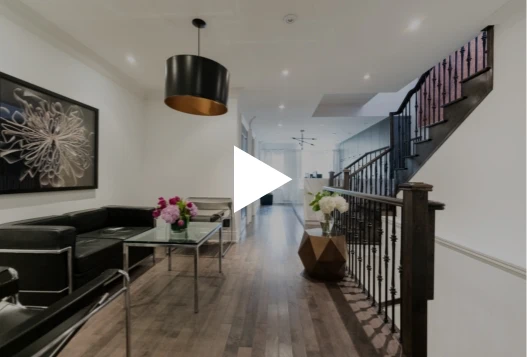By Jerome Edelstein, MD
Since each person’s face is different, the same surgical techniques cannot be used for every rhinoplasty patient. When planning the procedure, a number of different factors must be considered, such as individual face shape and nasal characteristics. Ethnic background may also be a factor.
While no two noses are the same, there are key nasal and facial features shared within ethnic groups that can help provide a procedural guideline. Effective rhinoplasty results should fulfill patient expectations but also preserve a natural appearance.
African American Nose Characteristics
The noses of African Americans share a number of characteristics. In general, patients from this group form thicker scars and have thicker skin with weaker cartilages and shorter nasal bones when compared to Caucasians. It is important to balance aesthetic refinement of the ethnic nose with the preservation of features that allow for a natural non-artificial appearance.
African American patients often seek rhinoplasty in order to address concerns of a wide flat nasal bridge, a broad nasal tip that lacks definition and projection, wide nostrils and, as with all rhinoplasty patients, breathing problems.
Wide Nostrils
A most common concern expressed by African American rhinoplasty patients is overly wide nostrils (nasal ala). Older forms of rhinoplasty attempted to correct this issue by excising nostril skin, but to achieve a more natural improvement, the entire nostril is reshaped instead. This avoids scars and creates a more natural looking curve than what was possible through skin excision.
Wide Nose Bridge
Patients with an overly wide or low nasal bridge (nasal dorsum) may require narrowing of the bones or augmentation of the bridge with cartilage graft taken from the patients ear or septum.
Wide Nasal Tip
An overly wide nasal tip can be modified by narrowing and reshaping the cartilage found in the lower third of the nose. In some cases, Dr. Fialkov must remove cartilage from another area of the face and use this tissue as a graft that supports and better defines the tip of the nose.
Dr. Fialkov thus achieves overall refinement of the nose in African American patients by modifying both the internal structures and soft tissue of the nose. The end result of this ethnic rhinoplasty is a better defined, natural looking nose that preserves the ethnicity of the patient, and is properly supported by a stronger internal framework.
